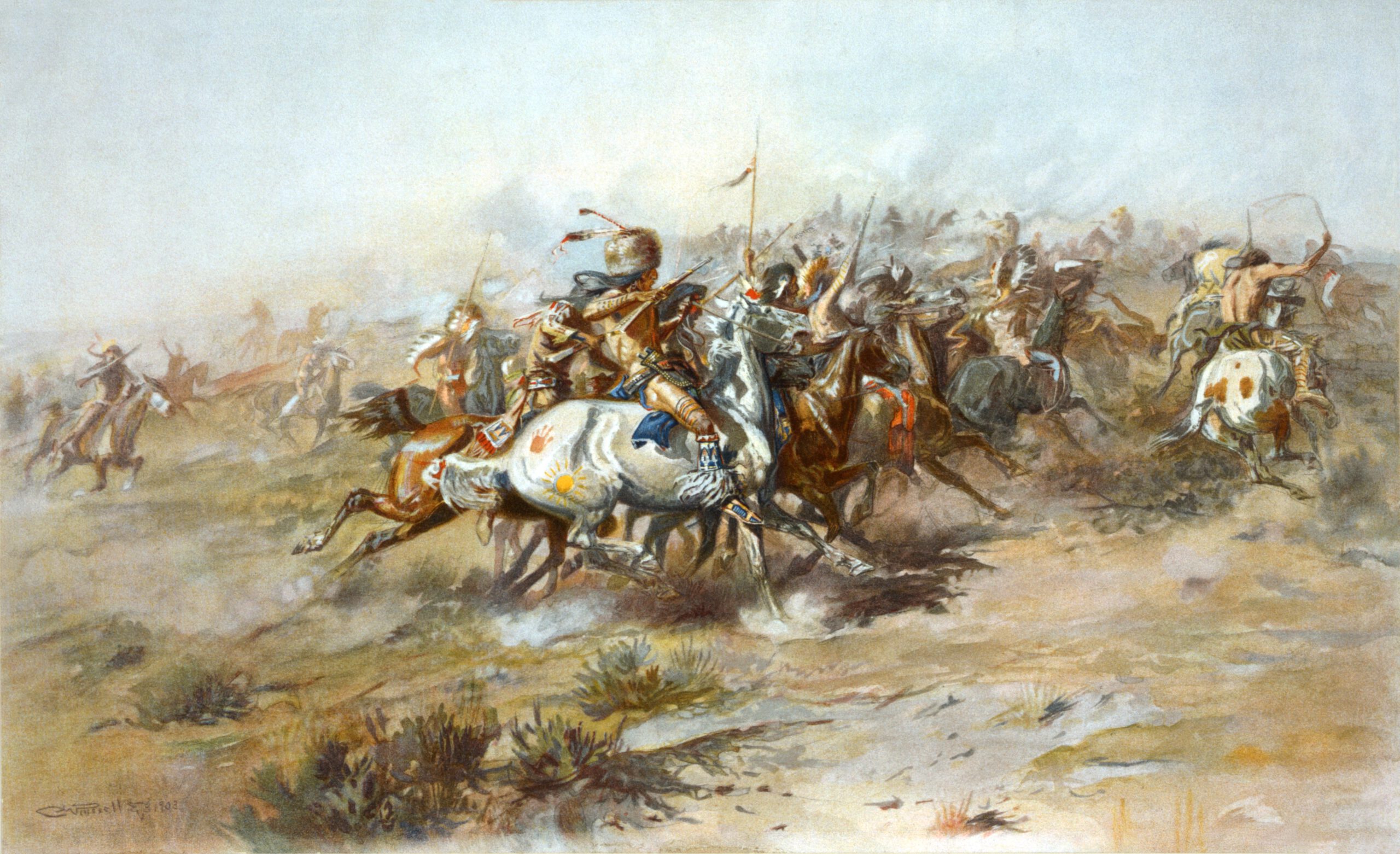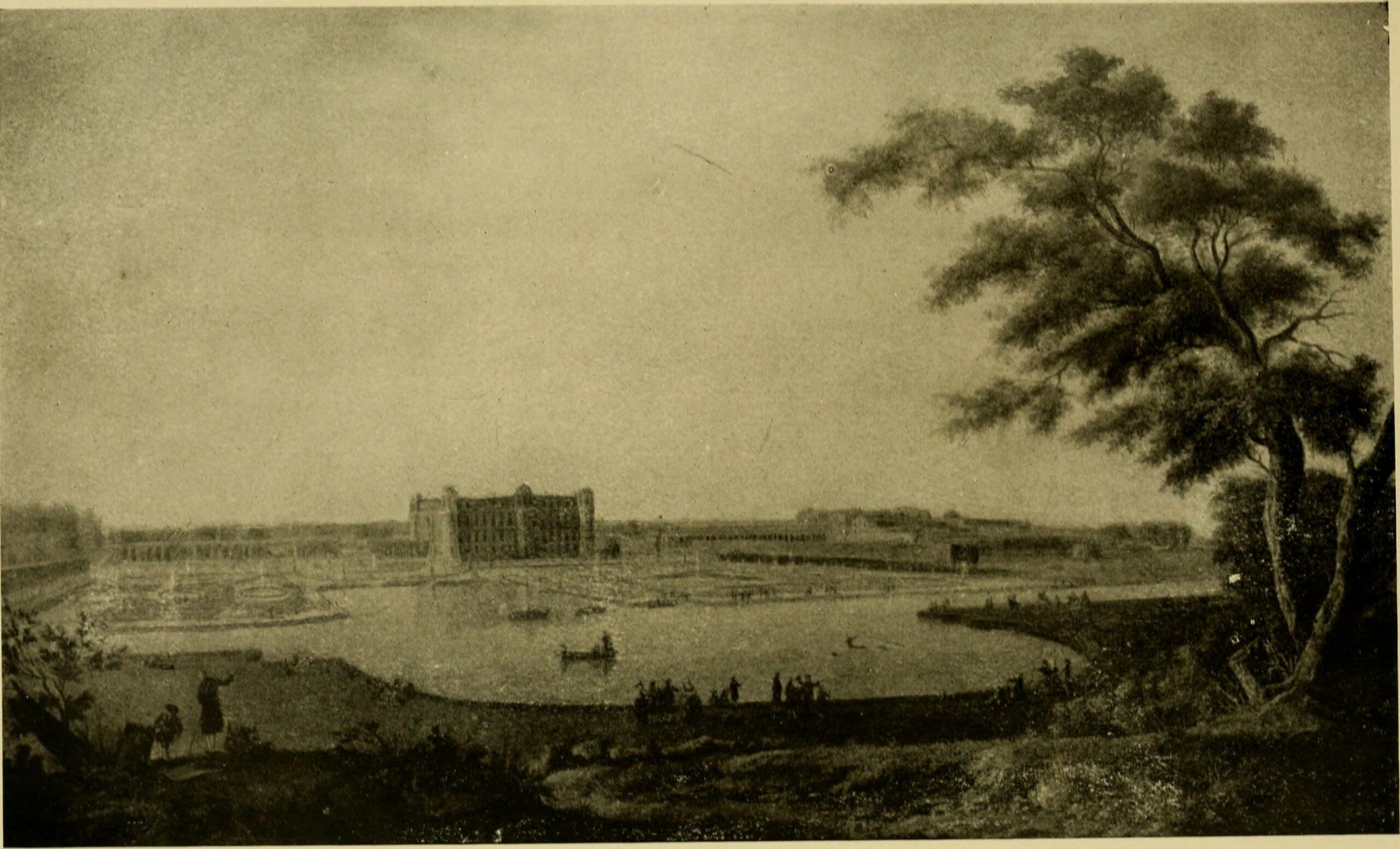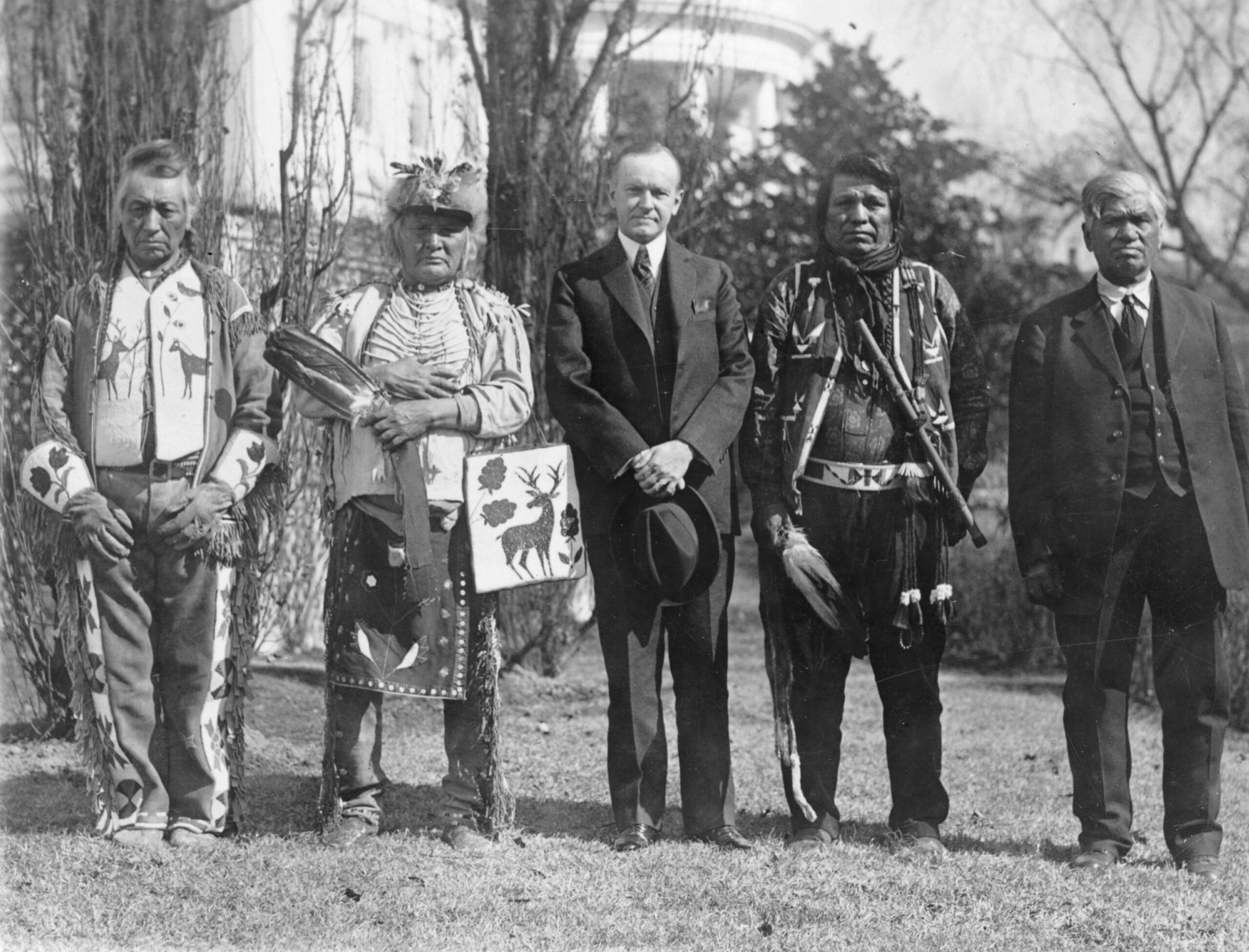The Arrival of the First Peoples
Long before European explorers set foot on the American continents, the ancestors of today’s Native Americans had already established a rich tapestry of diverse cultures. It’s believed that these early peoples migrated from Asia across the Bering Strait during the last Ice Age, an incredible journey that marked the beginning of Native American history. This migration wasn’t a single, isolated event but rather a series of movements over thousands of years. These pioneering groups adapted to a wide range of environments, from the Arctic tundra to desert landscapes, displaying remarkable ingenuity. Their arrival laid the foundation for the development of complex societies, and their descendants would go on to become the stewards of the land. This moment in history is crucial because it represents the genesis of a vast cultural and geographical legacy that still resonates today.
The Rise of the Great Civilizations
Between 2000 BC and 1500 AD, several sophisticated civilizations emerged in what is now the United States. The Mississippian culture, known for its massive earthen mounds, thrived in the southeastern region. Meanwhile, the Ancestral Puebloans constructed intricate cliff dwellings in the Southwest. These societies were characterized by their advanced agricultural practices, elaborate trade networks, and impressive architectural feats. The Mississippian city of Cahokia, near present-day St. Louis, was one of the largest urban centers of its time, rivaling cities in Europe. These civilizations demonstrated remarkable social organization and technological prowess. Their achievements in engineering, agriculture, and trade continue to inspire awe and admiration for their ingenuity.
Contact with European Explorers
The arrival of European explorers in the 15th and 16th centuries marked a pivotal turning point in Native American history. Christopher Columbus’s landing in 1492 initiated a period of profound change and upheaval. European contact brought new technologies, animals, and crops, but it also introduced devastating diseases to which Native Americans had no immunity. This resulted in catastrophic population declines, sometimes wiping out entire communities. The initial encounters were often marked by both cooperation and conflict, as indigenous peoples navigated the complex dynamics of these new relationships. This era of first contact set the stage for future interactions between Native Americans and Europeans, shaping the course of history in profound ways.
The Impact of the Fur Trade
The fur trade, which began in the early 17th century, significantly altered Native American societies. European demand for beaver pelts and other animal furs led to the establishment of extensive trade networks involving various indigenous groups. This trade introduced Native Americans to European goods, such as metal tools, firearms, and textiles, which influenced their daily lives and traditional practices. However, the fur trade also brought increased competition and conflict over resources and trading alliances. As fur became a valuable commodity, it intensified rivalries between tribes and even led to intertribal warfare. The fur trade’s impact was both transformative and tumultuous, reshaping Native American economies and social structures.
The Trail of Tears
The Indian Removal Act of 1830, signed by President Andrew Jackson, forced thousands of Native Americans to leave their ancestral lands in the southeastern United States. The most infamous of these forced relocations is known as the Trail of Tears, a brutal journey that saw the displacement of the Cherokee, Creek, Seminole, Chickasaw, and Choctaw nations. Approximately 60,000 Native Americans were uprooted from their homes and marched to designated Indian Territory in present-day Oklahoma. The journey was grueling, with harsh conditions, disease, and inadequate supplies leading to the deaths of thousands. This tragic event is a stark reminder of the immense suffering endured by Native Americans during a period of aggressive U.S. expansion.
The Battle of Little Bighorn

The Battle of Little Bighorn, also known as Custer’s Last Stand, took place on June 25-26, 1876, in what is now Montana. This conflict was part of the Great Sioux War, a series of battles between the U.S. Army and the Lakota Sioux, Northern Cheyenne, and Arapaho tribes. Led by Chiefs Sitting Bull and Crazy Horse, Native American forces decisively defeated the 7th Cavalry Regiment under Lieutenant Colonel George Armstrong Custer. The battle was a significant victory for Native Americans, demonstrating their determination to defend their land and way of life. However, it also intensified U.S. government efforts to subjugate Native American tribes and seize their territories.
The Dawes Act of 1887

The Dawes Act, enacted in 1887, aimed to assimilate Native Americans into American society by breaking up tribal lands into individual allotments. The goal was to encourage Native Americans to adopt farming and abandon their traditional communal lifestyles. However, the act had devastating consequences, resulting in the loss of millions of acres of tribal land. Many Native Americans were left without the resources to succeed as farmers, leading to poverty and dislocation. The Dawes Act represents a period of forced assimilation and cultural erosion, with long-lasting effects on Native American communities and their connection to their ancestral lands.
The Indian Citizenship Act of 1924

In 1924, the Indian Citizenship Act granted U.S. citizenship to all Native Americans born in the United States. This act was a significant milestone, as it recognized Native Americans as full citizens with the rights and responsibilities that citizenship entails. However, it was not a panacea for the many challenges Native Americans faced. Many states continued to deny Native Americans the right to vote, and economic and social disparities persisted. Nevertheless, the Indian Citizenship Act marked a step toward greater inclusion and representation for Native Americans within the broader American society.
The American Indian Movement
The American Indian Movement (AIM), founded in 1968, emerged as a powerful force advocating for Native American rights and self-determination. AIM sought to address issues such as unemployment, poverty, and discrimination faced by Native Americans. The movement gained national attention through high-profile protests and demonstrations, including the occupation of Alcatraz Island in 1969 and the Wounded Knee standoff in 1973. AIM’s efforts helped raise awareness of Native American struggles and led to significant policy changes, including the passage of the Indian Self-Determination and Education Assistance Act in 1975. This moment in history represents a period of empowerment and resurgence for Native American communities.
Contemporary Native American Resilience
Today, Native American communities continue to demonstrate remarkable resilience and cultural vitality. Efforts to preserve and revitalize indigenous languages, traditions, and knowledge systems are ongoing. Native American artists, writers, and activists are making significant contributions to contemporary culture and society. Additionally, legal battles for land rights and sovereignty continue to shape the relationship between Native American nations and the U.S. government. This ongoing journey of resilience and renewal underscores the enduring spirit of Native American peoples and their commitment to preserving their heritage for future generations.


